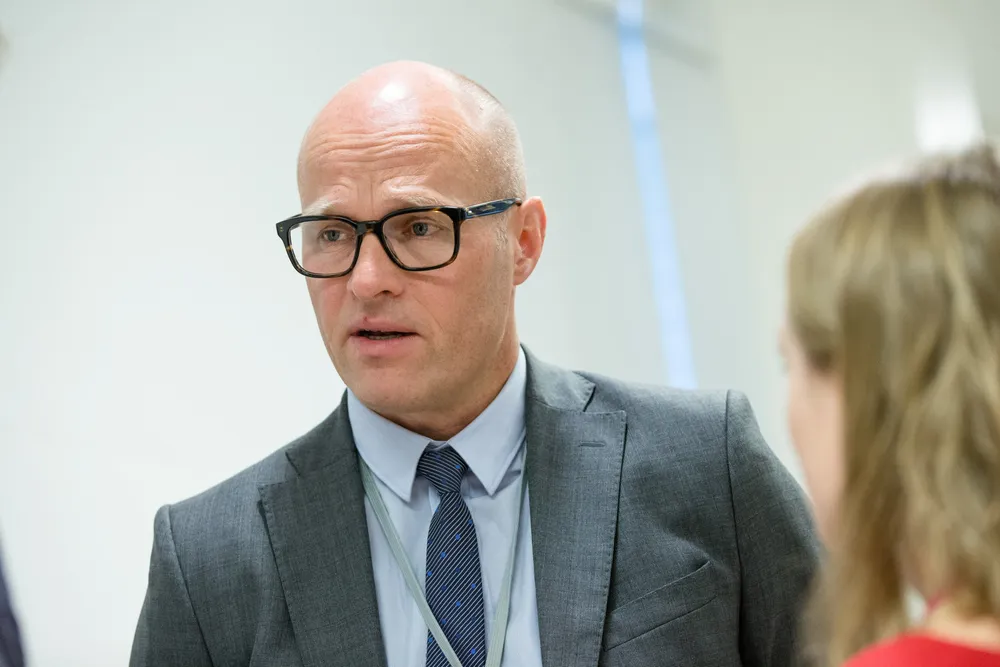Equinor CFO Torgrim Reitan defends loss-making renewables business
Norwegian major saw deepening losses on its renewables business but claims strategic investment will grow portfolio and improve profitability.

Norwegian major saw deepening losses on its renewables business but claims strategic investment will grow portfolio and improve profitability.
